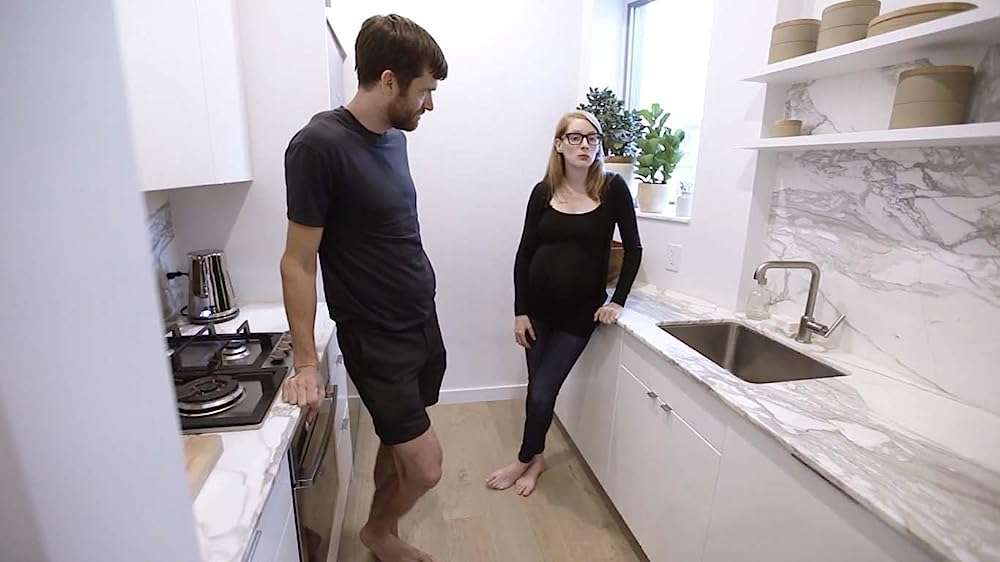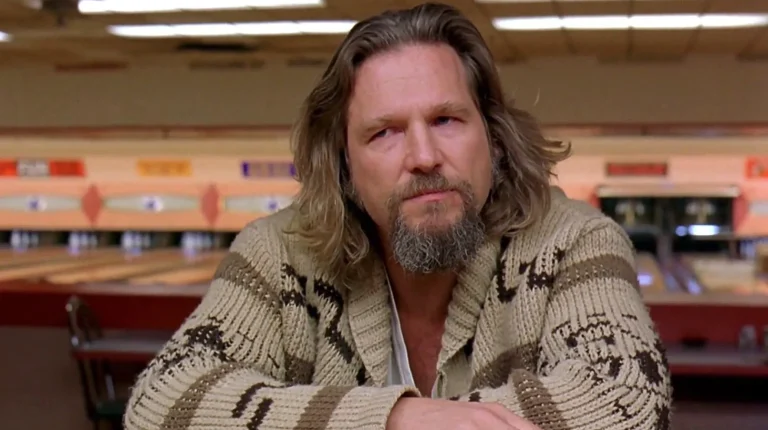Minimalism: A Documentary About the Important Things (2015): One glance at Roman and William’s RW Guild and Gallery transfers you to the latest au courant interior architectural style – the Japandi. Traveling all over your Instagram feed, this portmanteau term for ‘Japanese’ and ‘Scandinavian’ believes in a ‘natural hybrid’ of a Vermeer aesthetic with the tranquility of geometric shapes. If you ask Jeremiah Brent, Japandi represents ‘craftsmanship, texture, balance, and serenity.’ The manifestation of a fad is not necessarily a cultural phenomenon. Indeed, dumping the junkyard intrigues the world of ‘wabi-sabi,’ a boundless acceptance of everything transient, imperfect, and ordinary.
Proliferating since the modernist movement of the 1960s, Japonisme took over the helm of the Minimalist Movement in architecture, inspiring the hermeneutics of Yazujiro Ozu and Kenzi Mizoguchi to alter over the passage of time.
New York Times bestselling authors Joshua Fields Milburn and Ryan Nicodemus have begun serving the art of Minimalism as a movement of the 21st Century. They start their book 16 Rules for Living With Less (2020) by instructing their readers on what it is not. To our surprise, advocating for Minimalism doesn’t mean selling off your house or owning less than 50 things. It also doesn’t ‘restrict’ you to the objects of satisfaction and organization. However, it does offer freedom, and how! An escape from guilt, depression, anxiety (of preservation and conservation), and overwhelming dopamine – all at one go.
Directed by Matt Davela, their documentary on Netflix, titled Minimalism: A Documentary About the Important Things (2015), teaches the value of meaningful relationships and the incumbent bend of the consumerist culture all around us. Navigating through the trajectories of minimalist organicism, the documentary takes us to a confessional box of rediscovery for 1 hour and 19 minutes. No doubt the United States of America is confronting the crisis of the decade, with one in four citizens facing trouble ‘decluttering’ their lives. The inclination towards ‘tiny homes’ and convenient living spaces have led to a philosophy of ‘living with less.’
First coined in the mid-1960s, Minimalism has been a mindful promotion of all things that add to life’s intentions rather than distracting us from them. Minimizing your home equals gratefulness and magic. Janet Wolff writes in The Meanings of Minimalism (2005) that lessened merit ‘freezes the charisma’ of subjectivity (aka narcissism) in order to usher in greater empathy and lesser stress. The documentary begins with a profound line – ‘So much of our life is lived in a fog of automatic habitual behavior.’
As Dan Harris states, ‘Nothing quite does it for us.’ The hunt for that perfect environment instigates an unprecedented cost. You scroll away your time, give up your morale on abnormal standards of success, and become fatigued while paying your bills. Rick Henson, a neurologist, emphasizes this tendency called ‘auto-craving.’ A biologically based delusional craving is the disorder of our times, a quest for happiness just around the corner, filled with an aspiration for endless living. The question remains, how far would you go to serve your vanity?

The documentary explicitly epitomizes the breakthroughs of the resigned lifestyle. Bertrand Russell is reencountered in praise of idleness, for Satan inevitably finds mischief for idle hands. Expenditure of civilizational deficits on past wars (in preparation for future wars) has turned the pattern of money-making upside down. The 2008 Depression and the collapse of the Housing Market encompass the worst recession since 1987. The corporate virtuosity of ‘work culture’ is a pathway that leads straight to an organized diminution of humanity as a whole. The Platonic ideal state finds its way only through leisure.
Since you cannot dream of labor by default, contribution to any knowledge system begins with an act of rhetoric. You order, command, own, pay, employ – you allow others to exist in order to exist. Ironically, the highest-paying jobs in today’s decade are emboldened by empty esteem, an aura created by persuasive writing and advertising. In 1983, more than 100 million dollars were spent on children’s marketing alone, not targeting the parental age groups but the tender minds. Your worth and self-indulgence are embedded in what you own, not in what you (may) do. The documentary focuses on kindness as an asset, creatively analyzing the subtle difference between the process and the content.
According to Patrick Rhone, it doesn’t stop at selling ‘crappy toys’ to kids. It is a new-age fantasy to visualize a justification of gustatory happiness through incessant industrialization. You can never get enough of what you don’t want, so you have less and spend more. Investing in honor can only bring disrepute and disruptions. You forget about time and let it fly you by. The desire for idleness cannot be substantially equated to an allergy to money. The resonance should point towards a subsistence benevolent to the climatic disaster and assured sustainability.
In economic terms, any object’s marginal utility diminishes with time, debilitating humankind of creative endeavors. Once a new iPhone feature is updated in the market, the users are bound to be dissatisfied with the previous version. Modern technology has enabled us to imagine a life of ease, but at what cost?
For Frank Mascia, architecture is based on the education of responsibility and sharing. The furniture and appliances are cheap owing to the fact that they are always outsourced or assembled in China. The neo-colonialist satiety is not easily predictable today as millions of start-ups depend on accessible and Third-World labor on a massive scale. His observations also implant the uselessness of the dining room or porch, both remaining unutilized 90% of the time spent at home. The threat is transparent in fast fashion as well. Creating merchandise in sweatshops does not depend on ecological costs but on the object of fashionability.
The morality of interminating work is based on the ethics of a slave mentality, but it is difficult to pinpoint where it starts. Perhaps it is us who are so used to the adrenaline that we forget to live. The imbalance is irreversible. The threatening line crosses 350 parts per million of carbon dioxide emission, whereas humanity is now closing in on 400 parts per million. It is far past the surplus of pre-industrial production. Today, the famine of time, identical interests, and an eradicated future determine the next launch.
So, how do you stop the cynicism and reach out for the better? Milburn and Nicodemus start with budgeting. Shifting your focus from debt quotients is fundamental to meditative peace. An average American, having at least four credit cards in his wallet, will automatically champion a chaotic exemplification of his industry, no matter in which direction he finds his Ikigai. The early nineteenth Century saw 15 hour-days as the standard for an able, working man, while the 12 hour-day was designated for children. Today, resourcefulness is directly proportional to the accumulation of busybodies. Holidays are statements of anti-establishment if you are a poor man. The documentary insists on the hard facts of attention deficit and credit crunch. But what we must learn is quite simple – “Love people and use things because the opposite never works.”



![Photograph [2019] ‘NYIFF’ Review: A minuscule love story containing multitudes of suppressed emotions](https://79468c92.delivery.rocketcdn.me/wp-content/uploads/2019/03/Photograph-NYIFF-HOF1-768x511.jpg)



